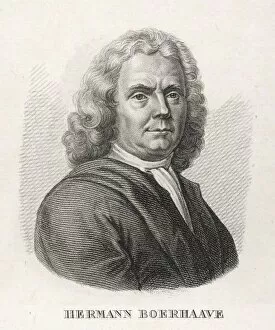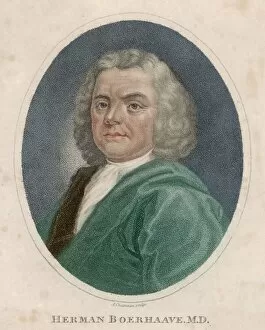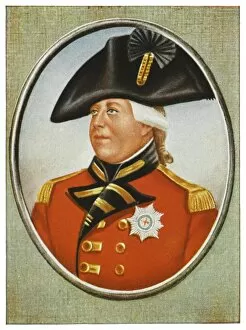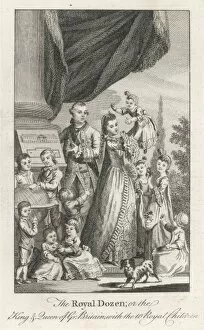1738 Collection (#9)
In the year 1738, a fascinating era unfolded with William Hogarth's iconic series "Four Times of the Day
For sale as Licensed Images
Choose your image, Select your licence and Download the media
In the year 1738, a fascinating era unfolded with William Hogarth's iconic series "Four Times of the Day. " From dawn till dusk, Hogarth masterfully captured the essence of London life in four distinct scenes. Let us begin at noon, where bustling streets come alive under the scorching sun. The steel engraving after Hogarth's etching and engraving showcases a vibrant cityscape filled with people from all walks of life, and is as if time stands still for a moment, allowing us to witness this snapshot of daily existence. As we move towards evening, we find ourselves immersed in an atmosphere teeming with excitement and anticipation. The Actresses Barn by Hogarth transports us to a world behind the curtains, where talented performers captivate audiences with their artistry and grace. But it is during nightfall that London truly reveals its hidden secrets. In another masterpiece from "Four Times of the Day, " we are confronted with darkness illuminated only by flickering lanterns on dimly lit streets. This steel engraving after Hogarth's original work evokes an air of mystery and intrigue as shadows dance amidst cobblestones. Beyond these captivating scenes lies more than just artistic endeavors; historical events shape this very year too. In 1738, Sir James Grant conducted his famous experiment on an apple tree - perhaps uncovering new insights into horticulture or nature itself. Meanwhile, across the Atlantic Ocean in Newfoundland, fishermen tirelessly worked to catch and cure codfishes for trade purposes. A vivid color English engraving from 1738 allows us to glimpse into their arduous yet vital labor within this thriving industry. And let us not forget about King George III reigning over England during this period – his influence undoubtedly shaping political landscapes far beyond what meets our eyes today. Finally, we must acknowledge Cornwallis (Anon), whose identity remains shrouded in mystery but whose presence echoes through history books.






